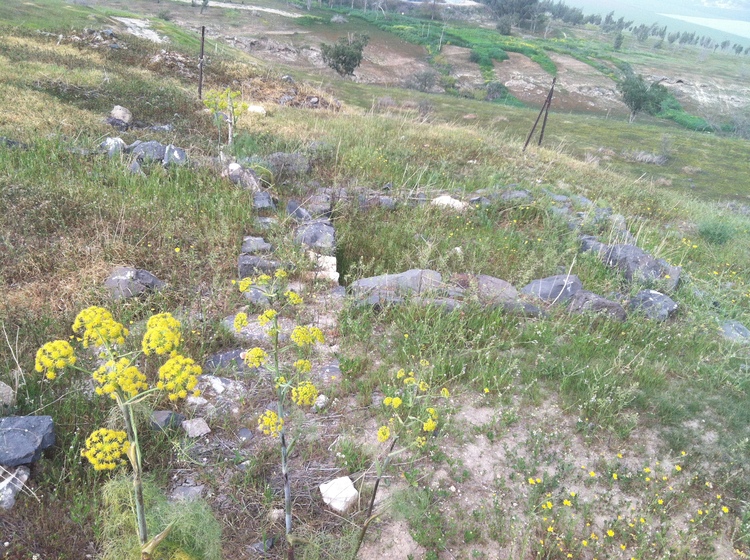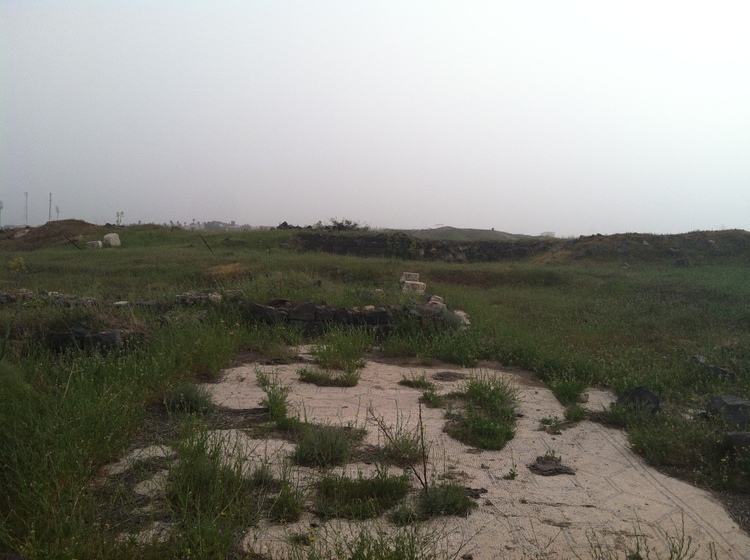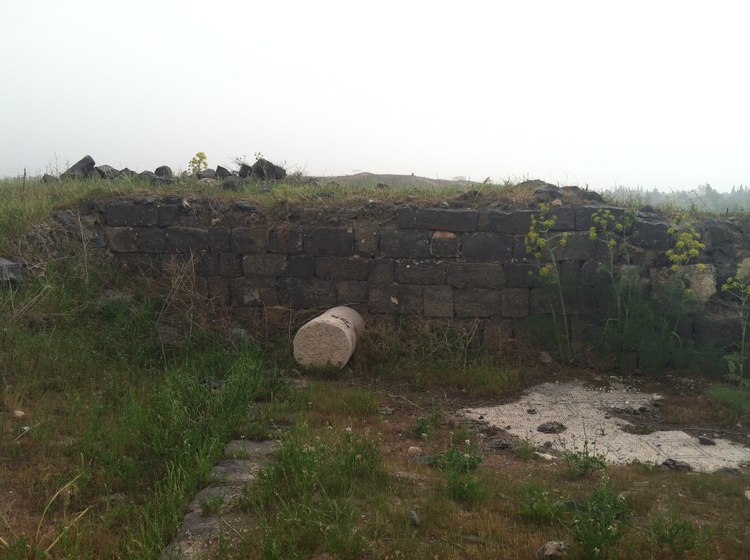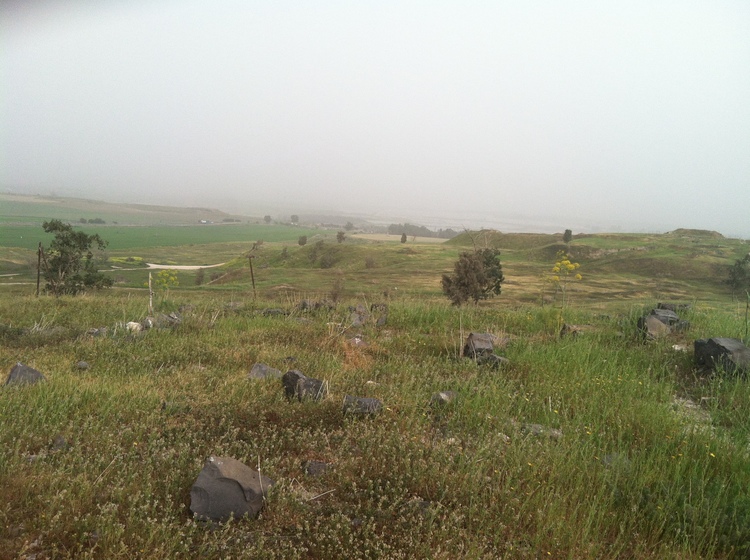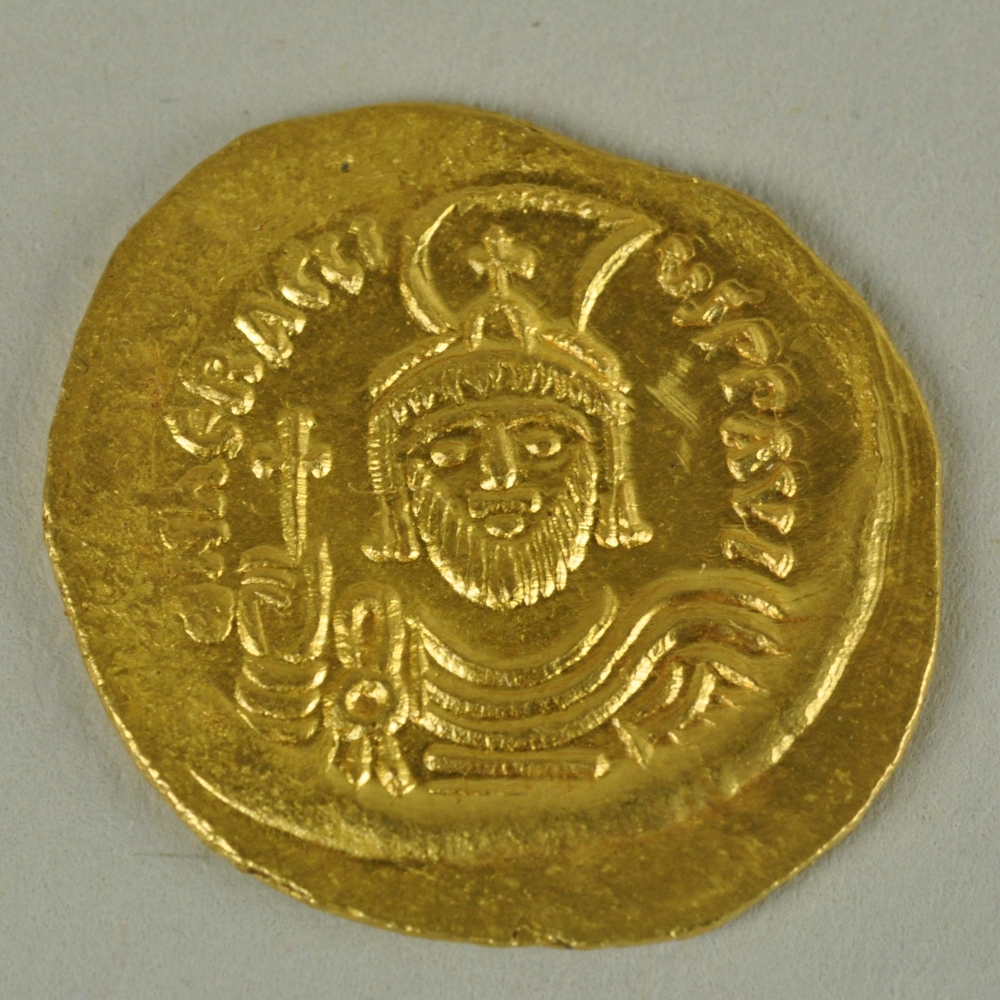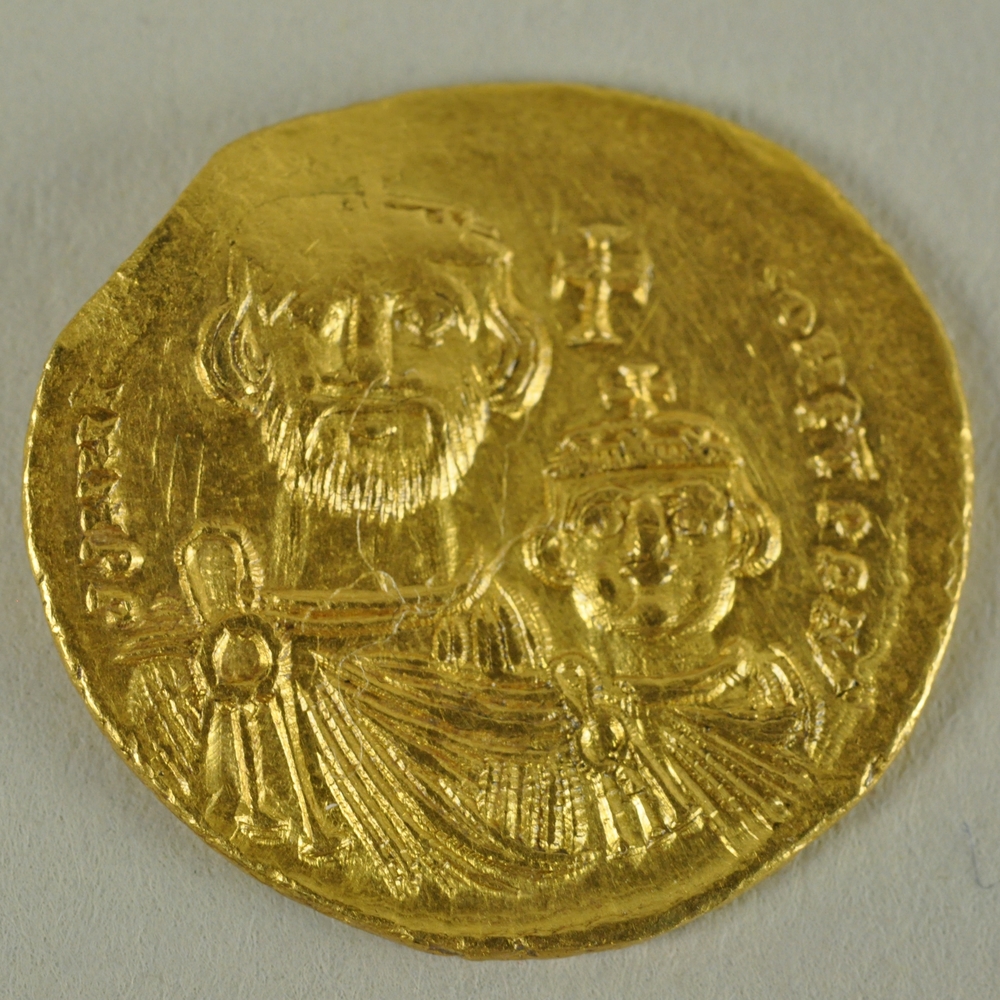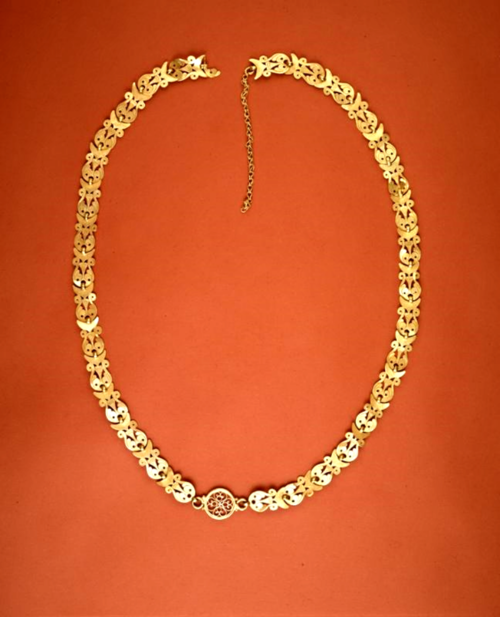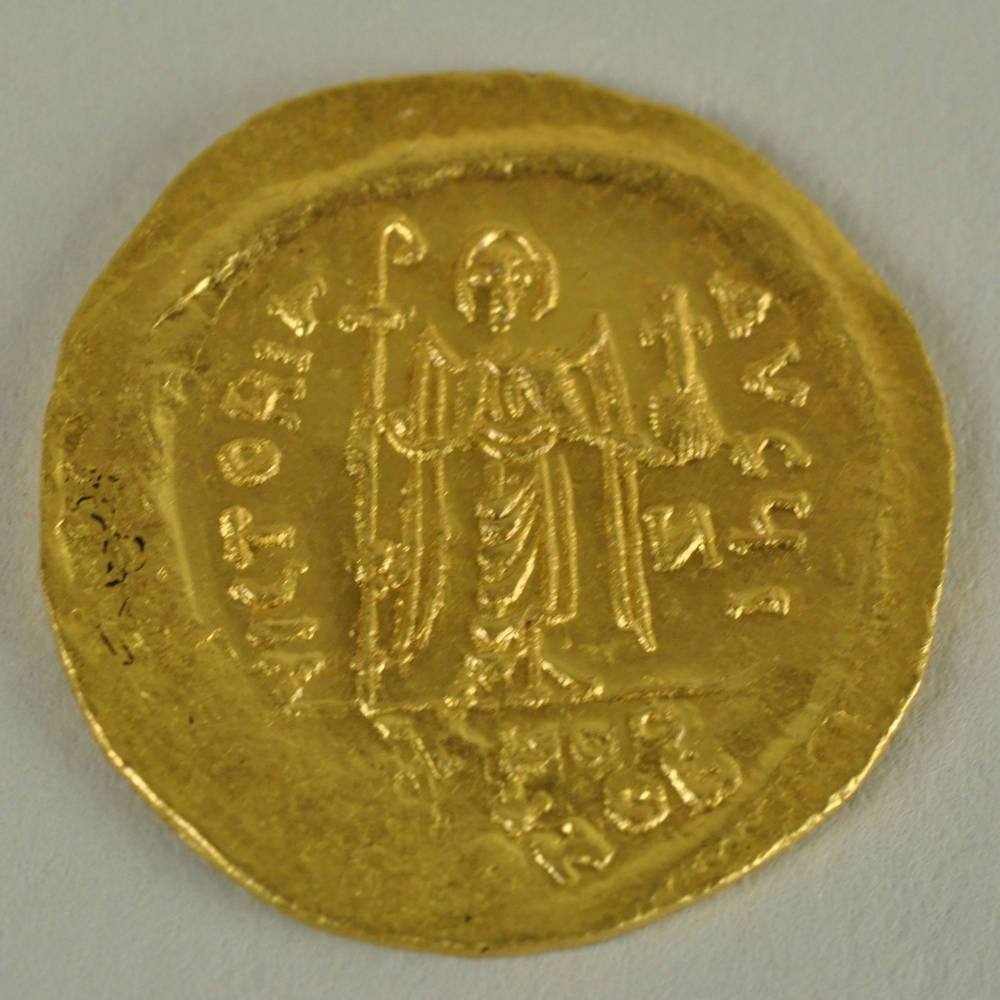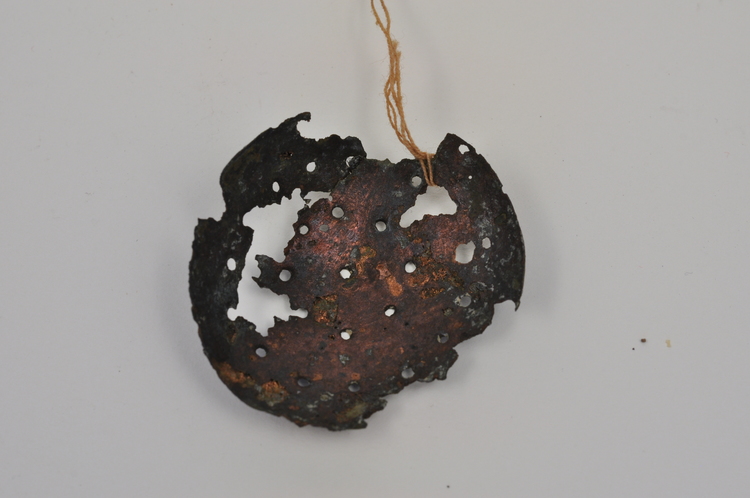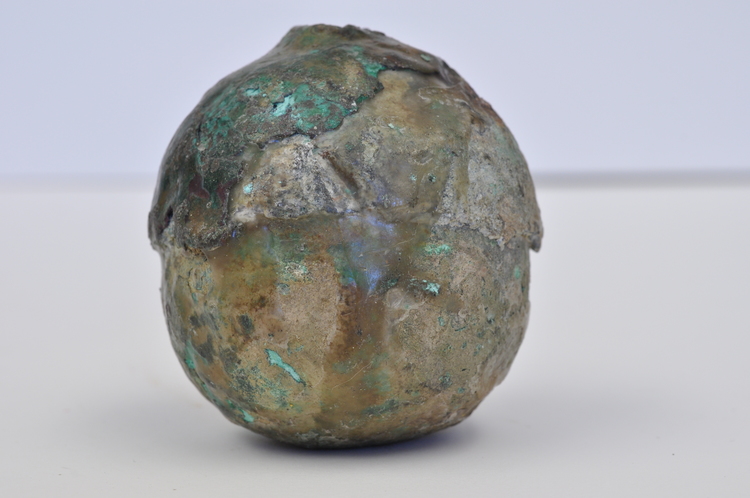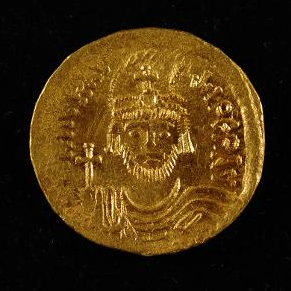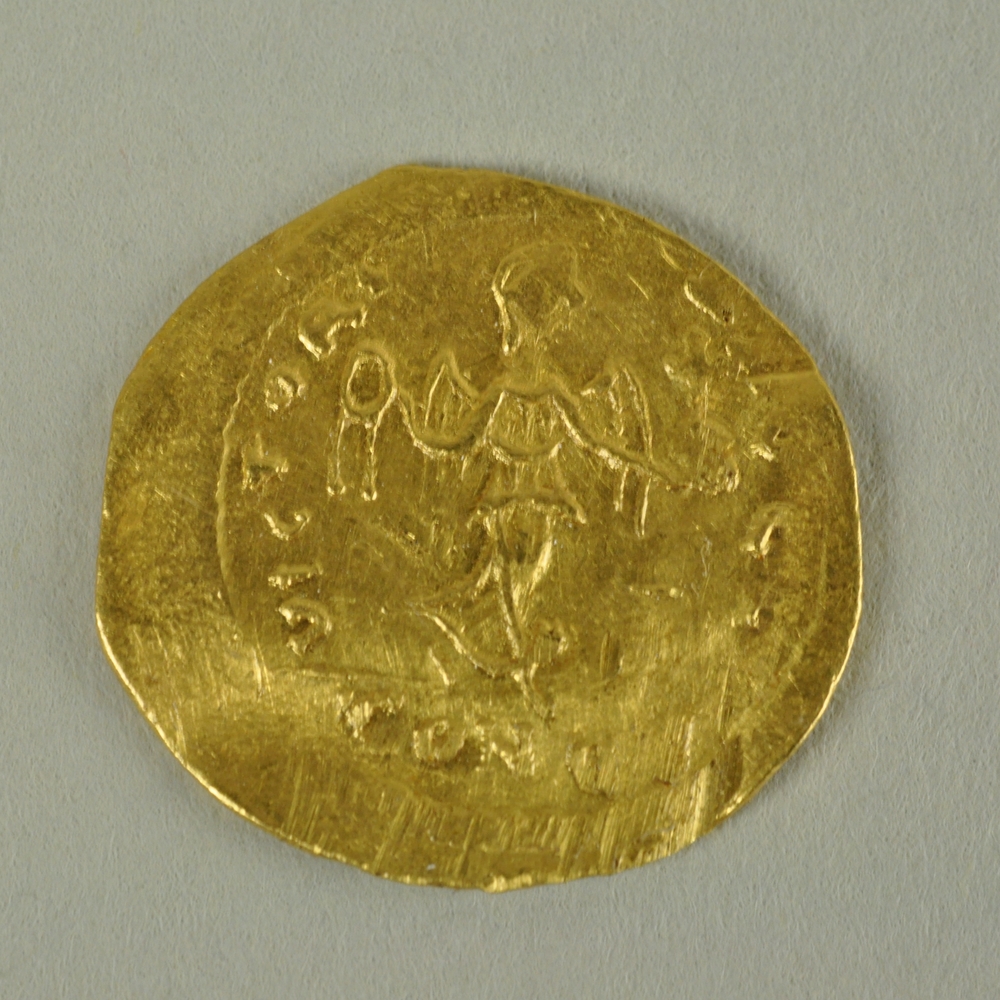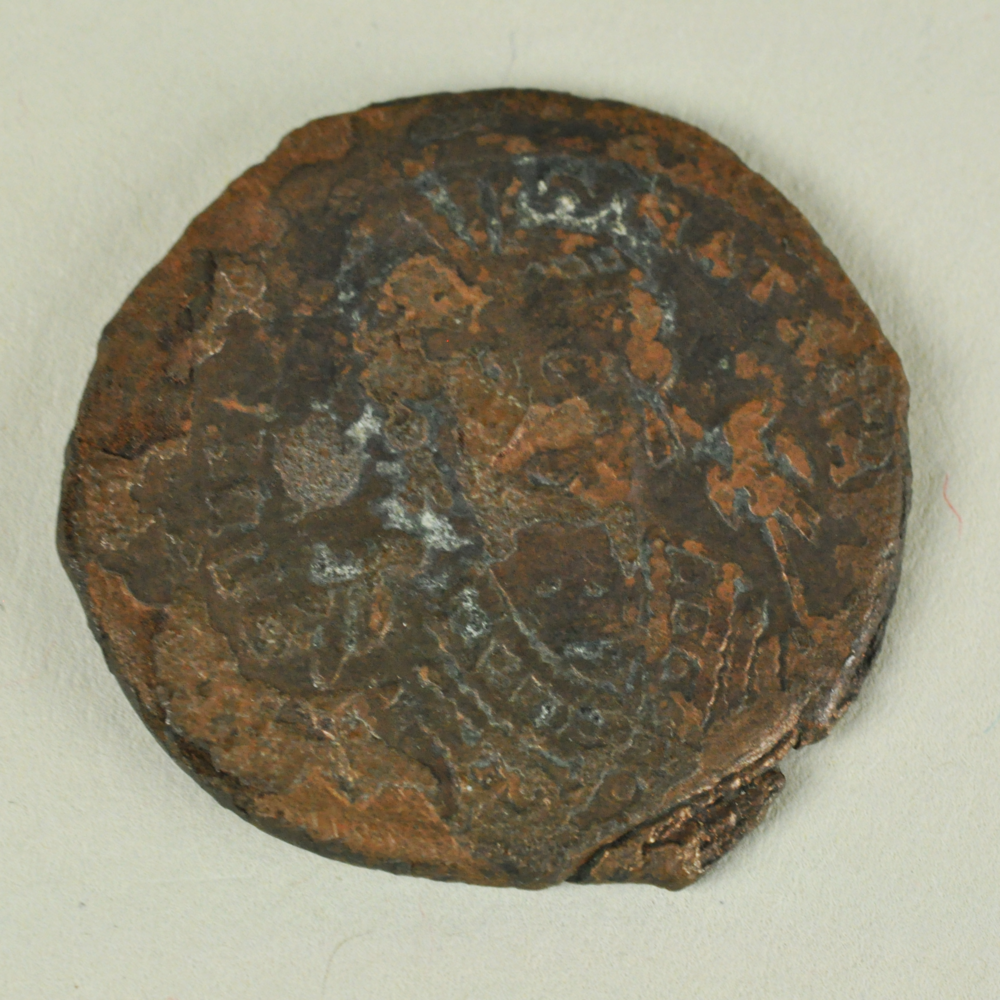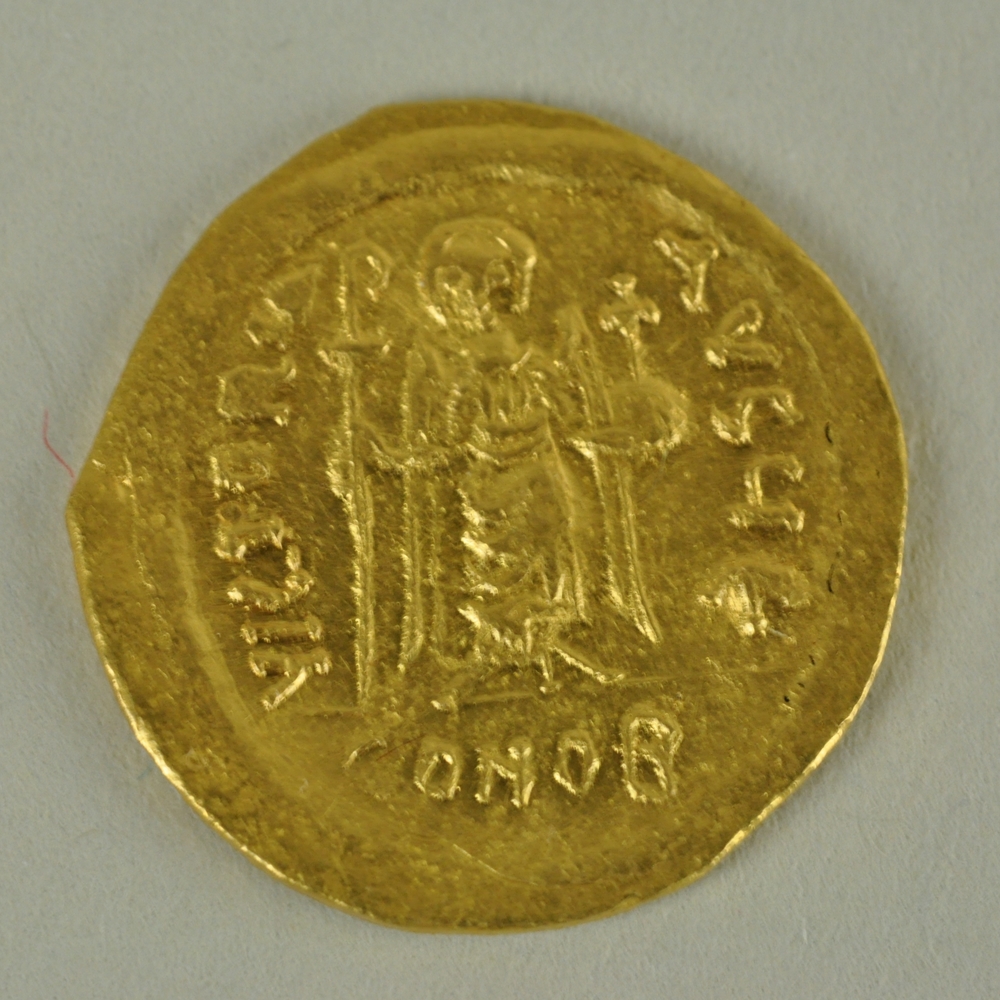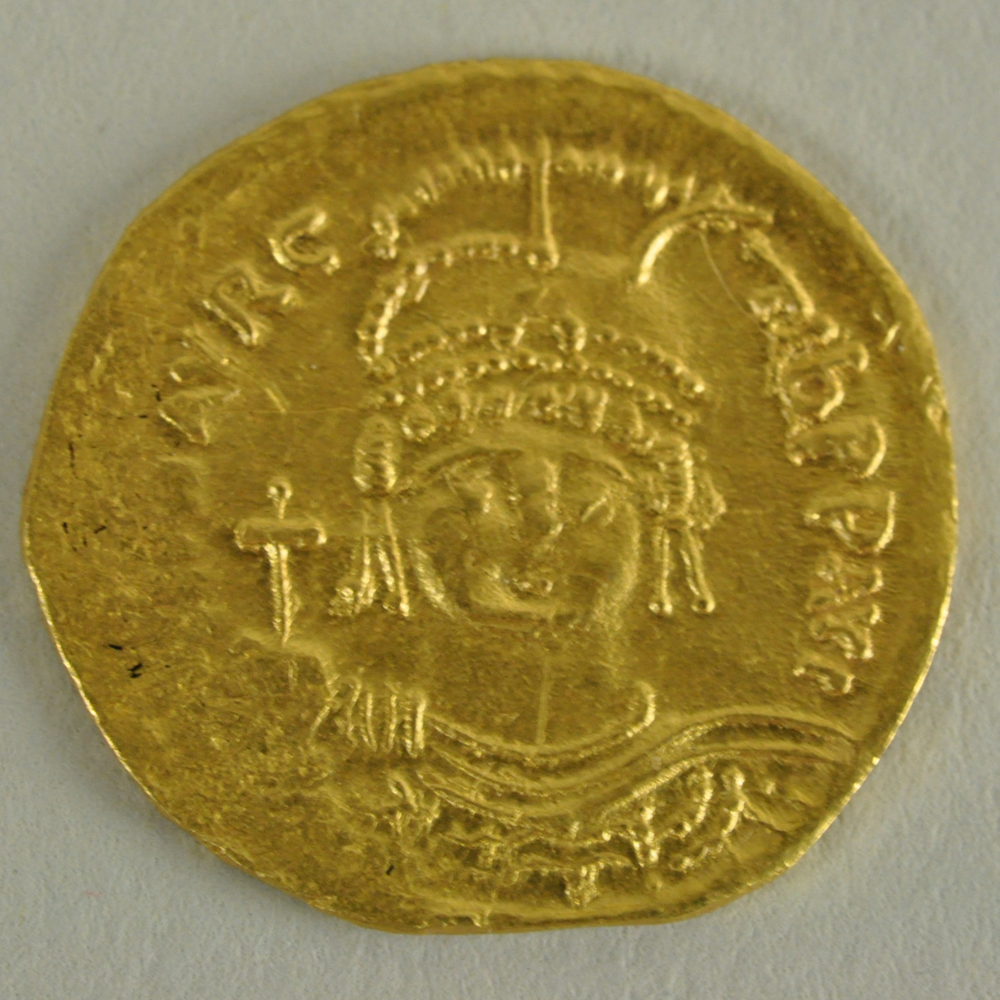Monastery of Lady Mary
Located in the area of the Northern Cemetery, the Monastery of Lady Mary was uncovered in 1930 as archaeologists sought to excavate tombs. Inscribed mosaics in the building provide the name of the founder of the monastery, Lady Mary, and suggest that the building was erected around 567 CE. Evidence from coins found at the site suggests that the monastery was inhabited until the time of the Arab “conquest” of 635 CE.
Plan of the Monastery of Lady Mary. From Fitzgerald, Gerald M. 1939. A Sixth Century Monastery at Beth-Shan, plate II.
Mosaics from the Monastery of Lady Mary
Richly decorated, figural mosaics adorned the floors of the monastery. The pavement in Room A features a circular calendar with figures personifying each month, as discussed by Stephanie Hagan in the following essay.
A hoard, a reserve of valuable objects, was buried in room H of the monastery. The hoard included gold coins, jewelry, a strainer and a counterweight. The latest coins in the collection were minted in the early seventh century. This suggests that the objects were buried for safekeeping during the Arab “conquest.” The keepers of the monastery likely planned to return and claim their goods, but were unable to do so.
The Monastery of Lady Mary, as it appears today
